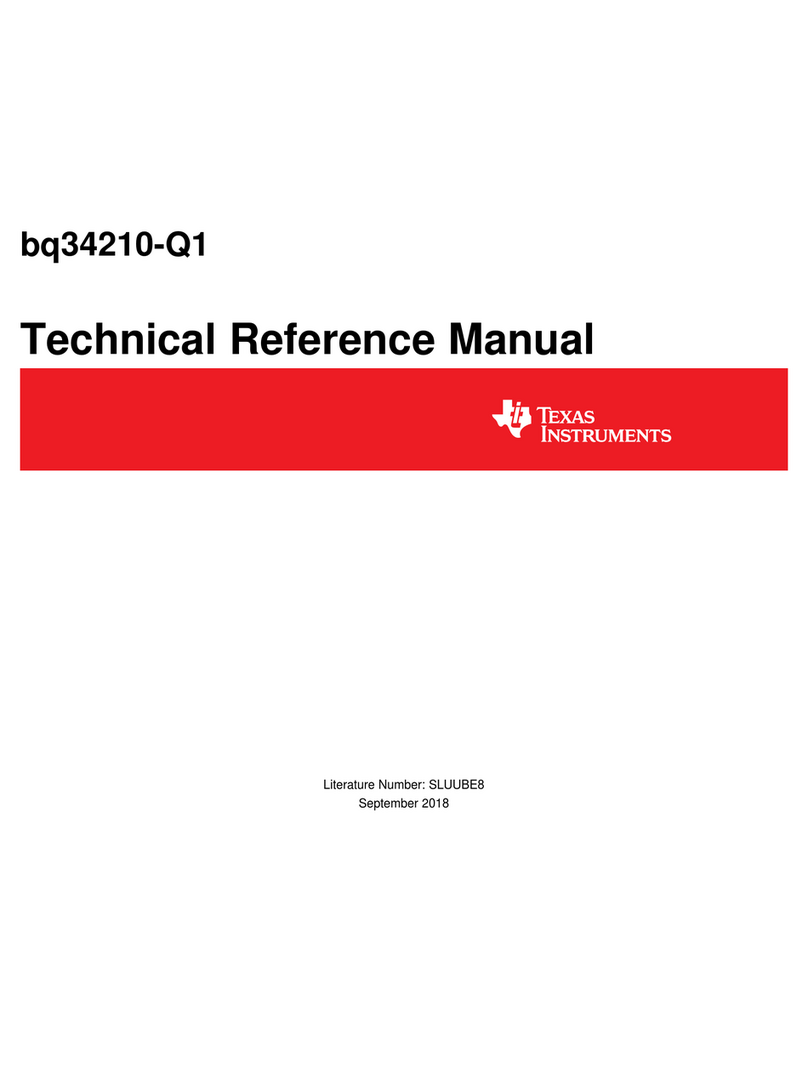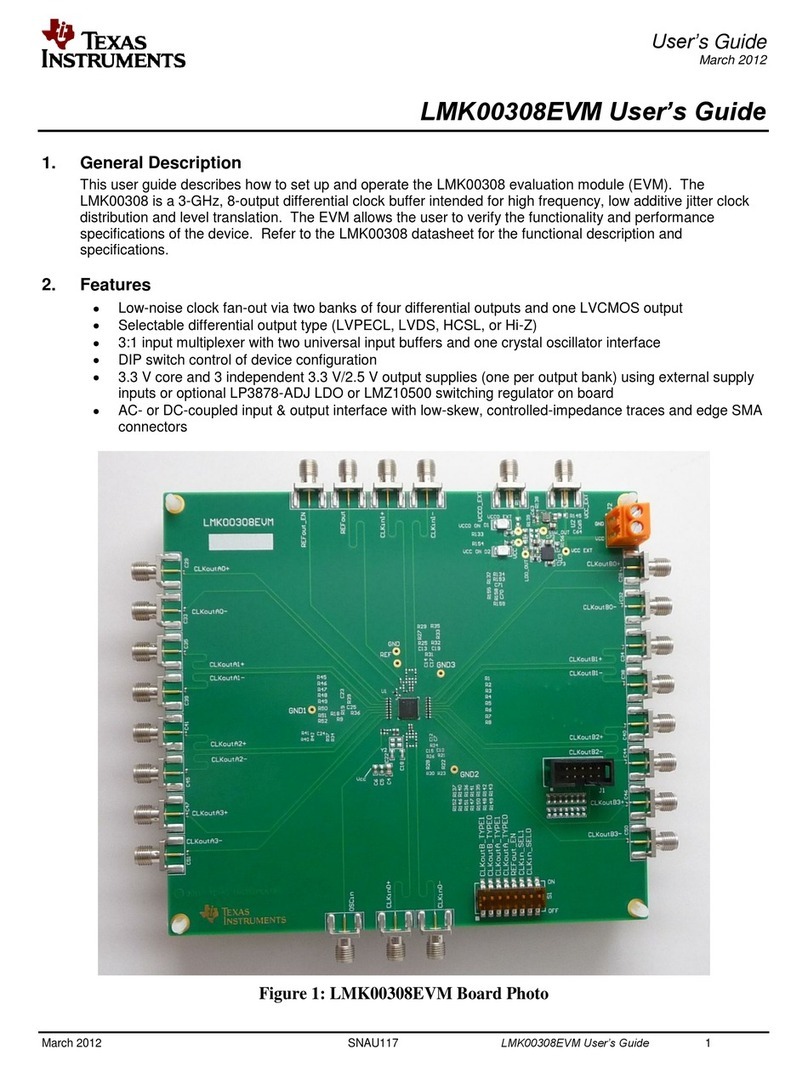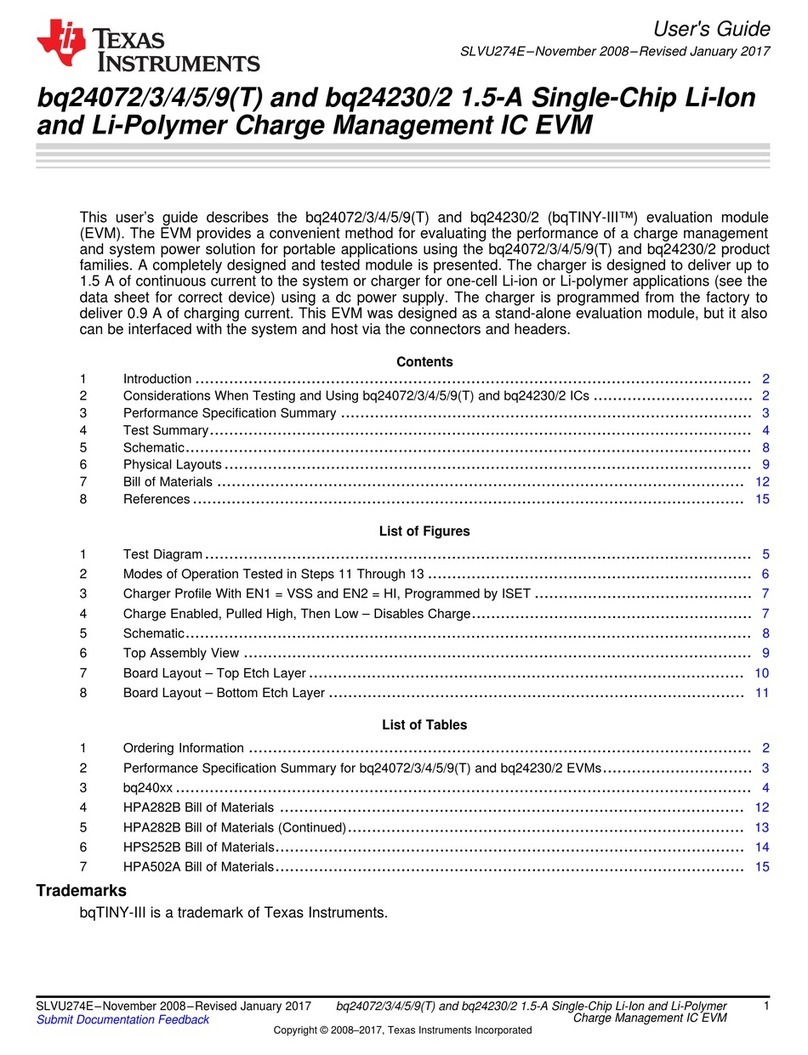Texas Instruments TPS2398EBM User manual
Other Texas Instruments Control Unit manuals
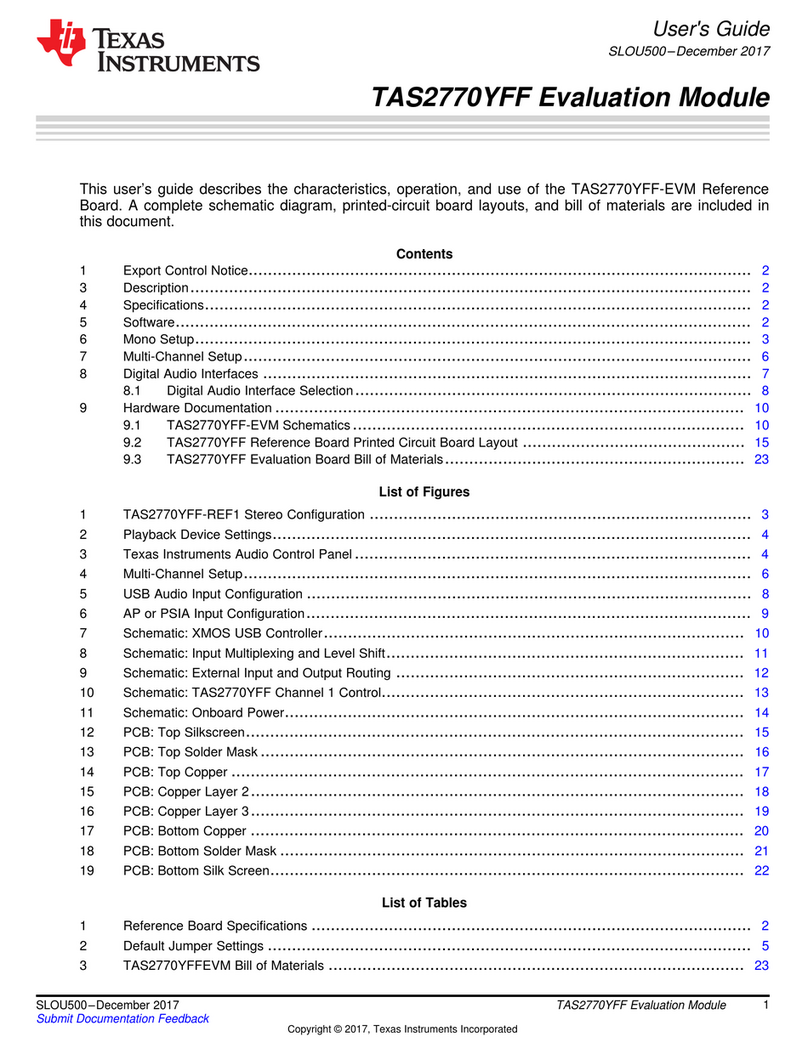
Texas Instruments
Texas Instruments TAS2770YFF User manual
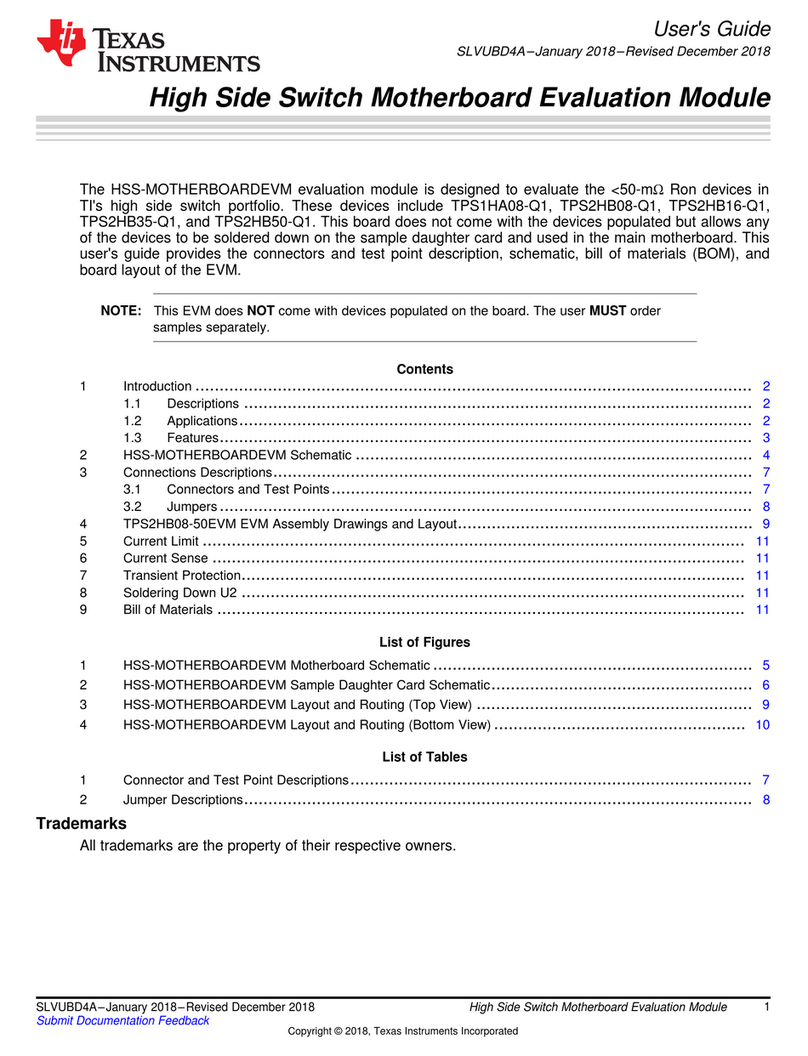
Texas Instruments
Texas Instruments HSS-MOTHERBOARDEVM User manual
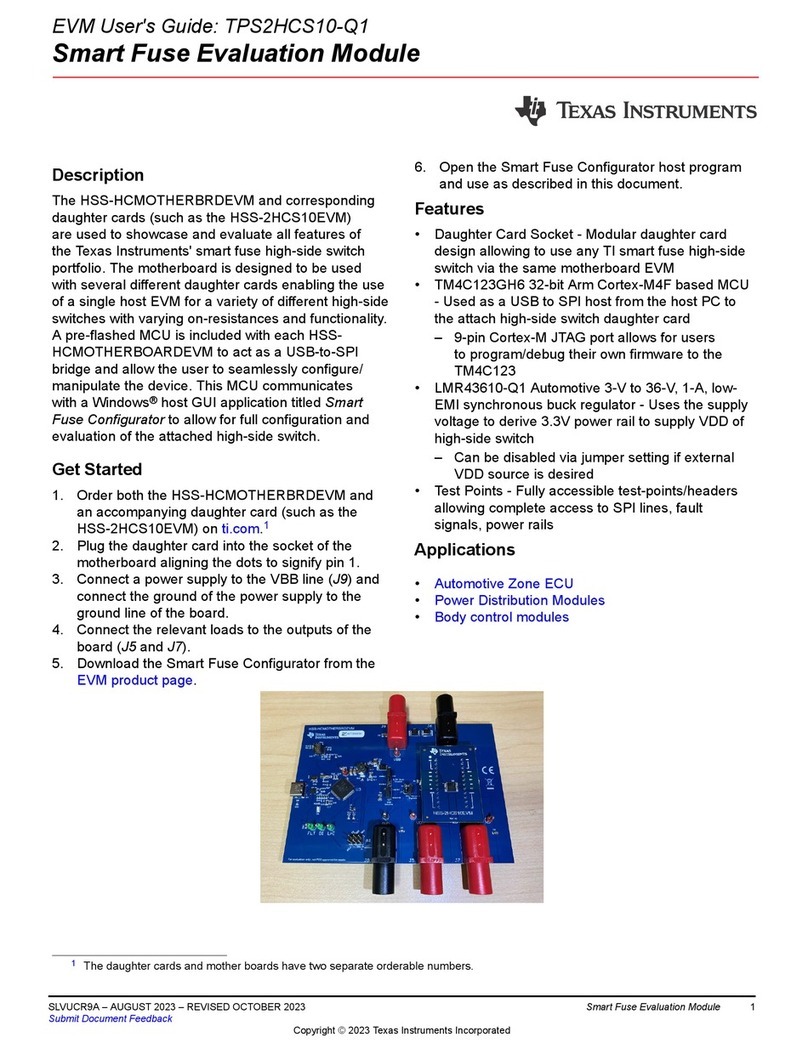
Texas Instruments
Texas Instruments TPS2HCS10-Q1 User manual
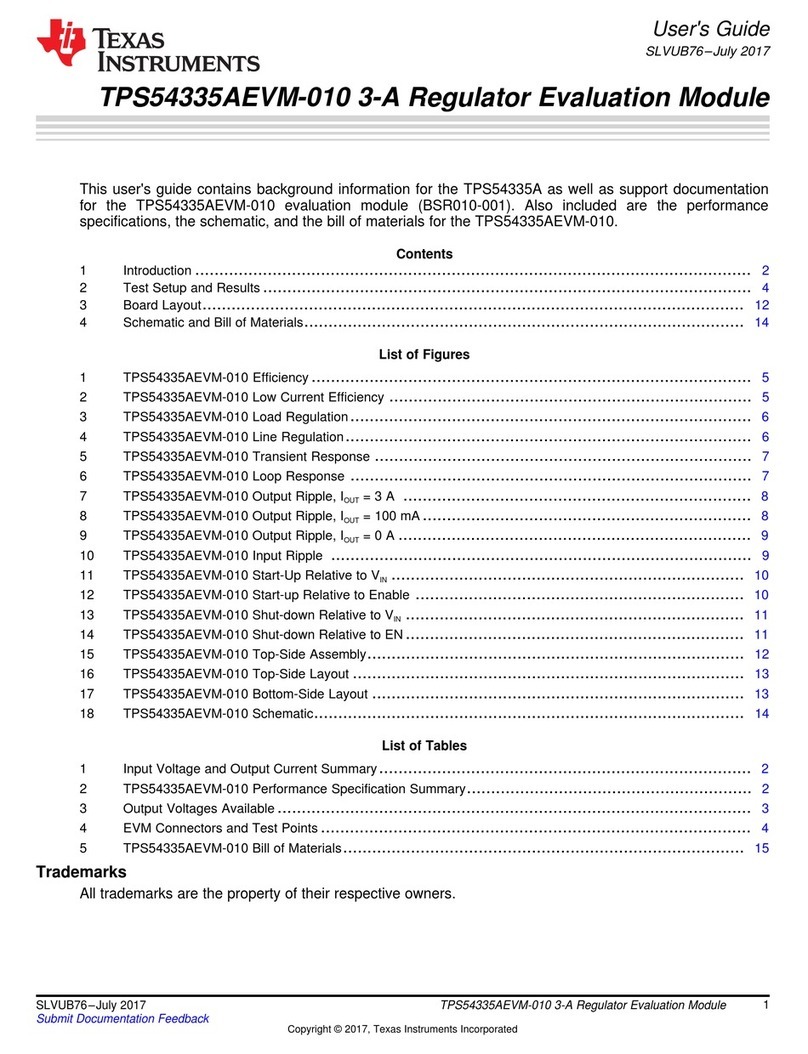
Texas Instruments
Texas Instruments TPS54335AEVM-010 User manual
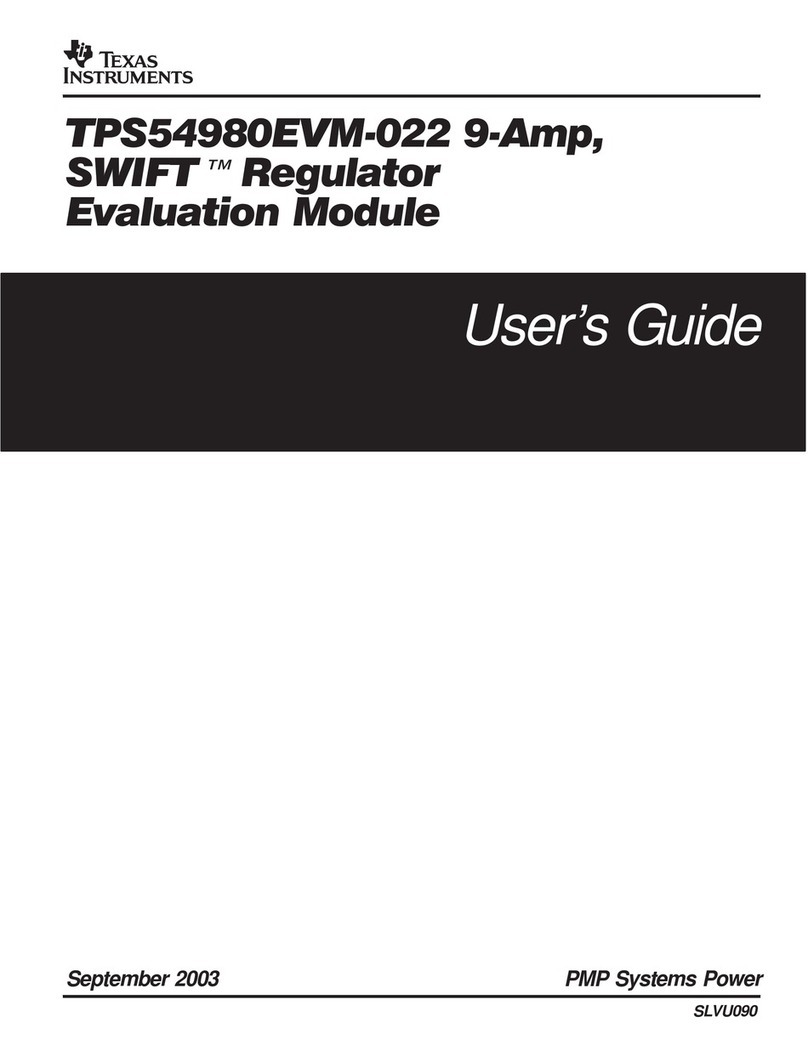
Texas Instruments
Texas Instruments TPS54980EVM-022 User manual
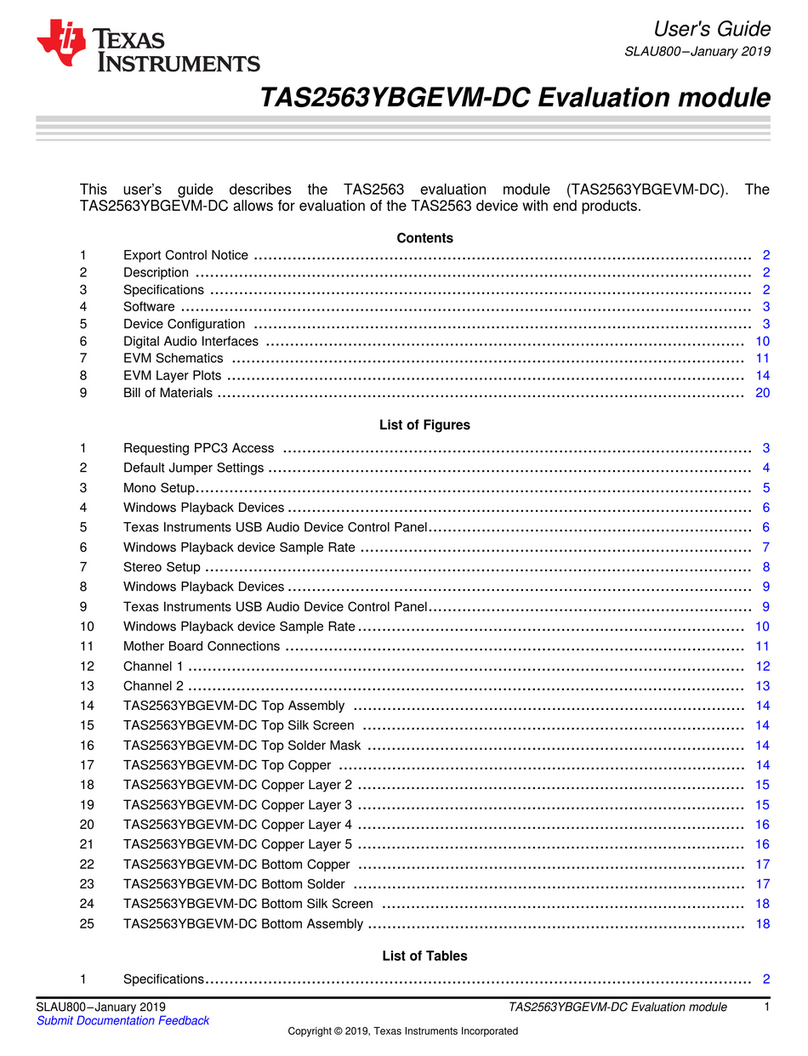
Texas Instruments
Texas Instruments TAS2563 User manual
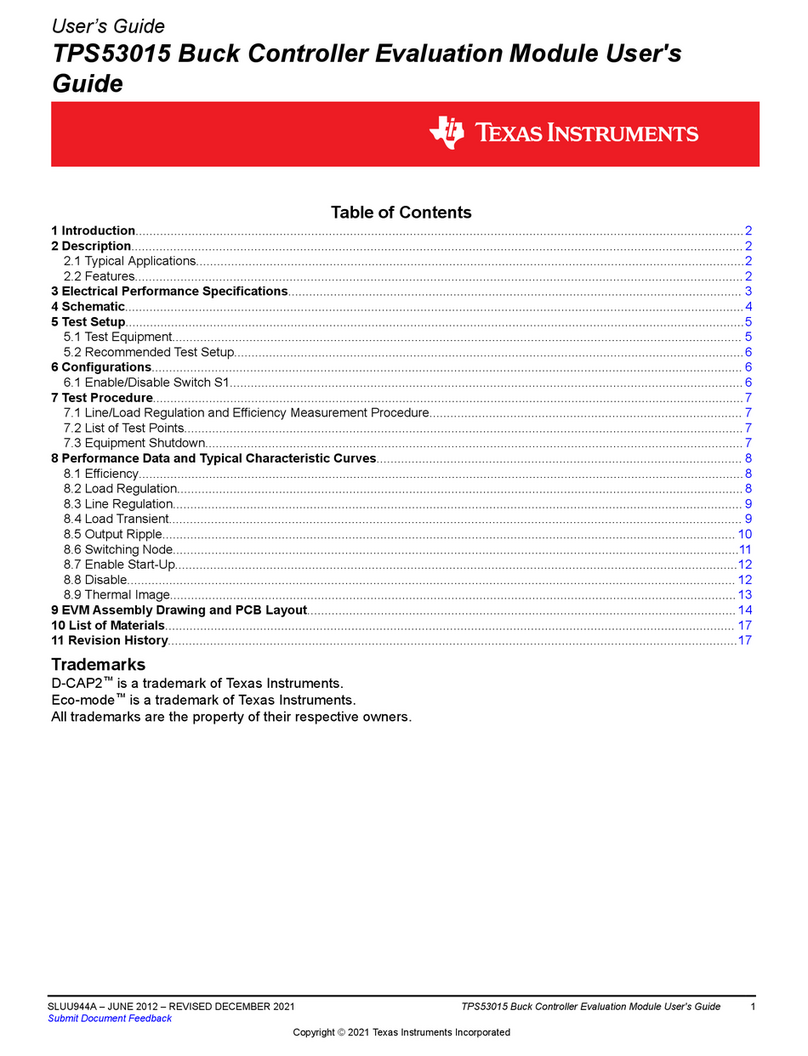
Texas Instruments
Texas Instruments TPS53015 User manual
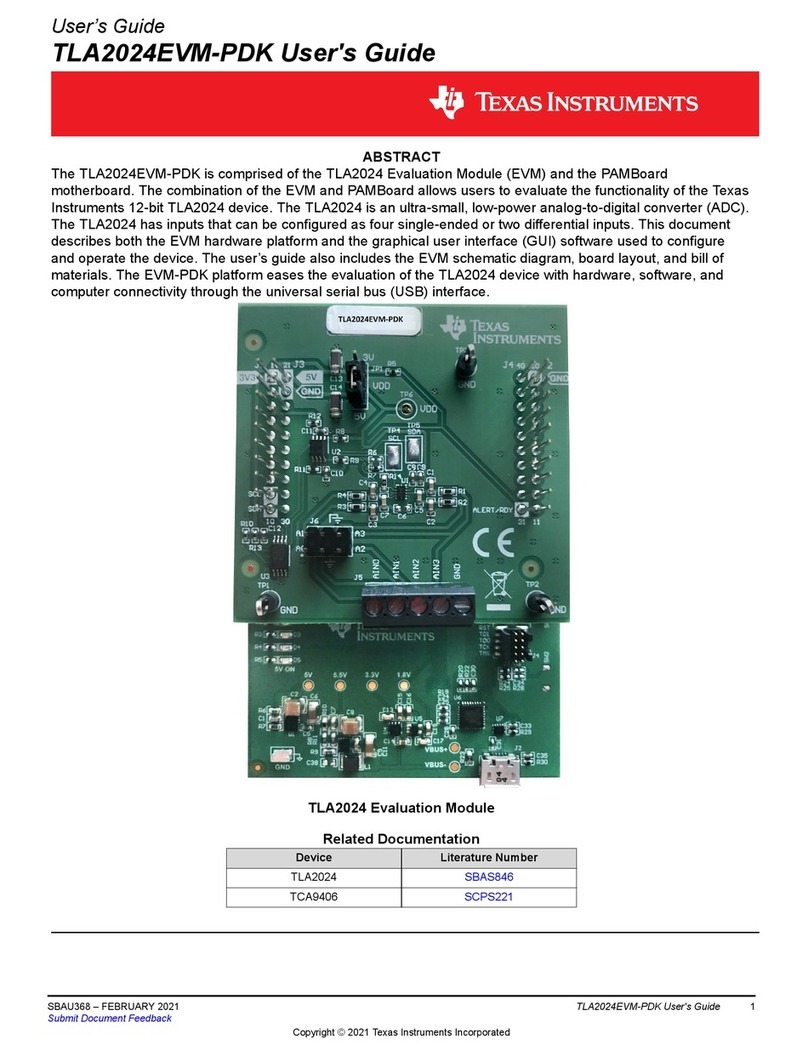
Texas Instruments
Texas Instruments TLA2024EVM-PDK User manual
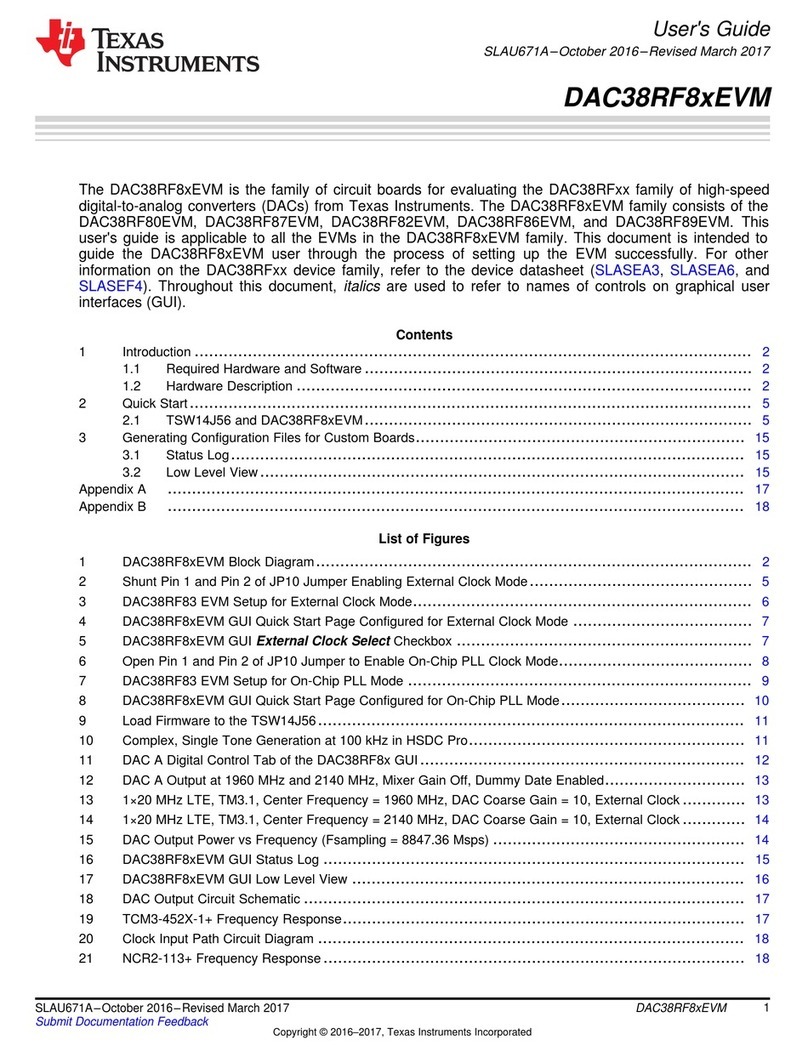
Texas Instruments
Texas Instruments DAC38RF8xEVM Series User manual
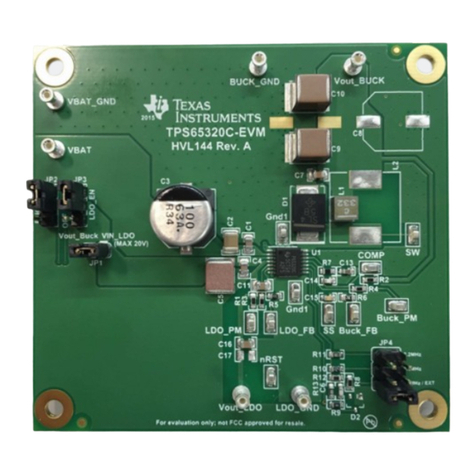
Texas Instruments
Texas Instruments TPS65320C-Q1-EVM User manual
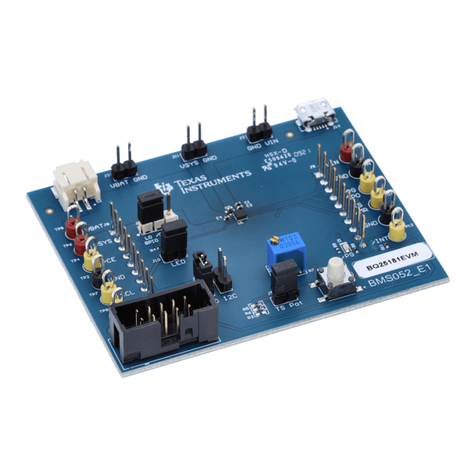
Texas Instruments
Texas Instruments BQ25181 User manual
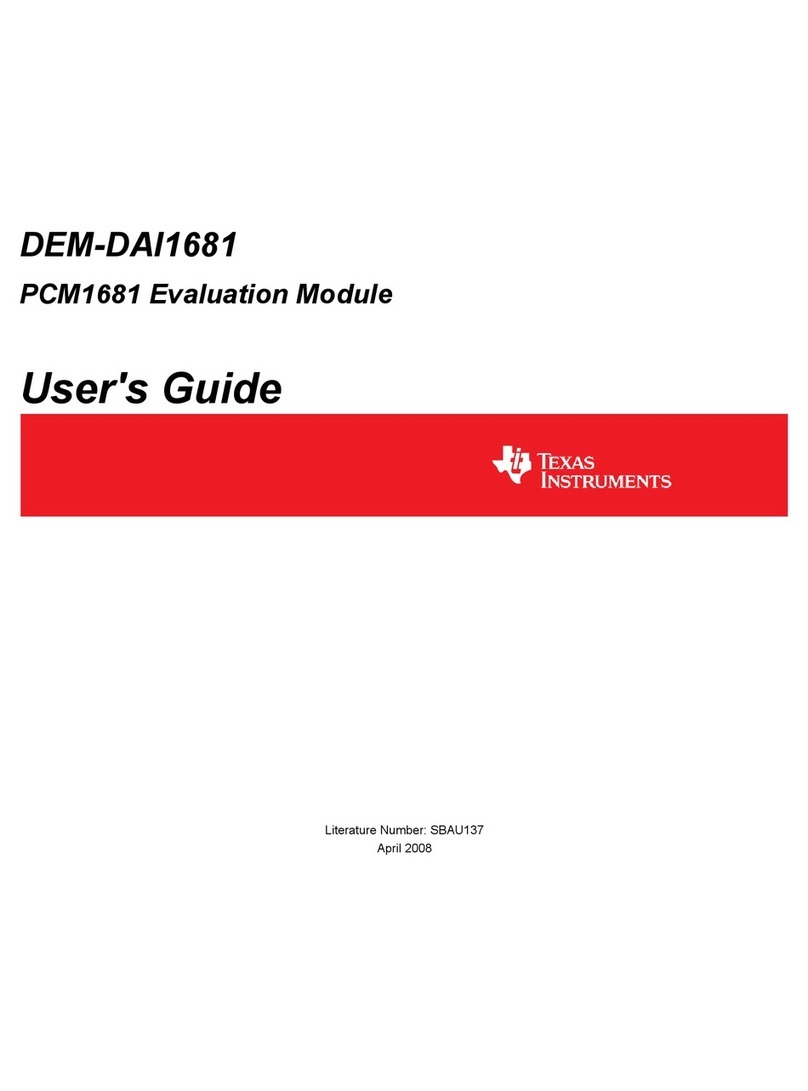
Texas Instruments
Texas Instruments PCM1681 User manual
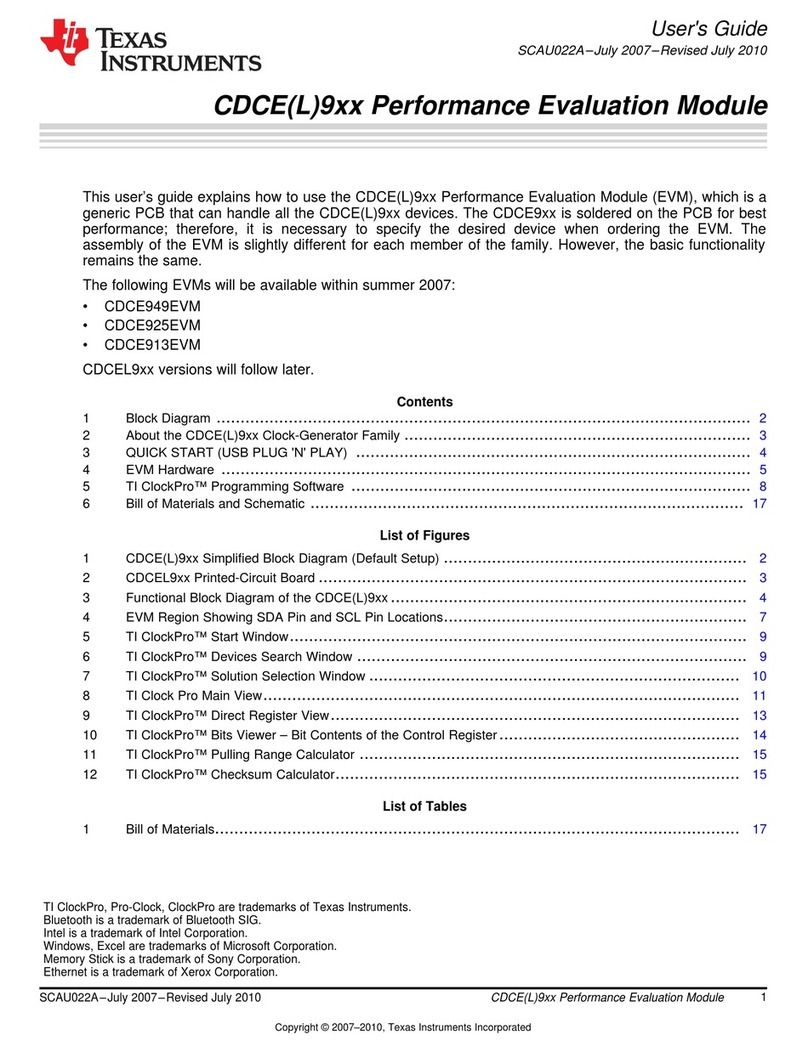
Texas Instruments
Texas Instruments CDCE 9 Series User manual
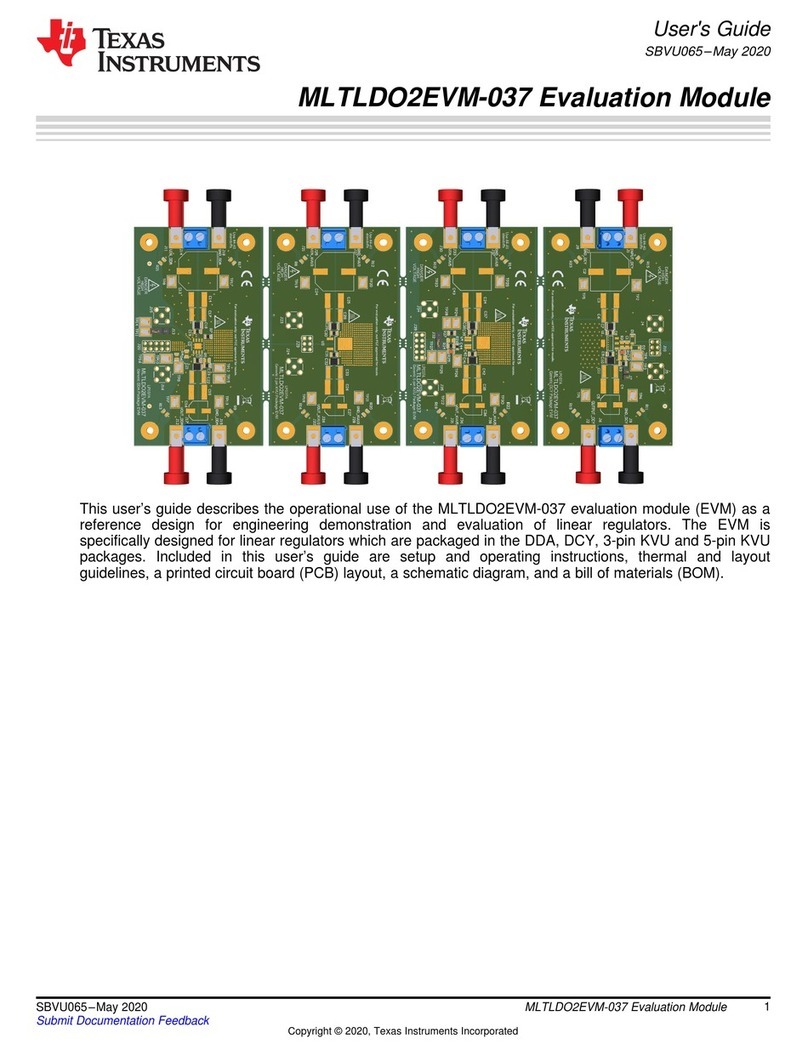
Texas Instruments
Texas Instruments MLTLDO2EVM-037 User manual
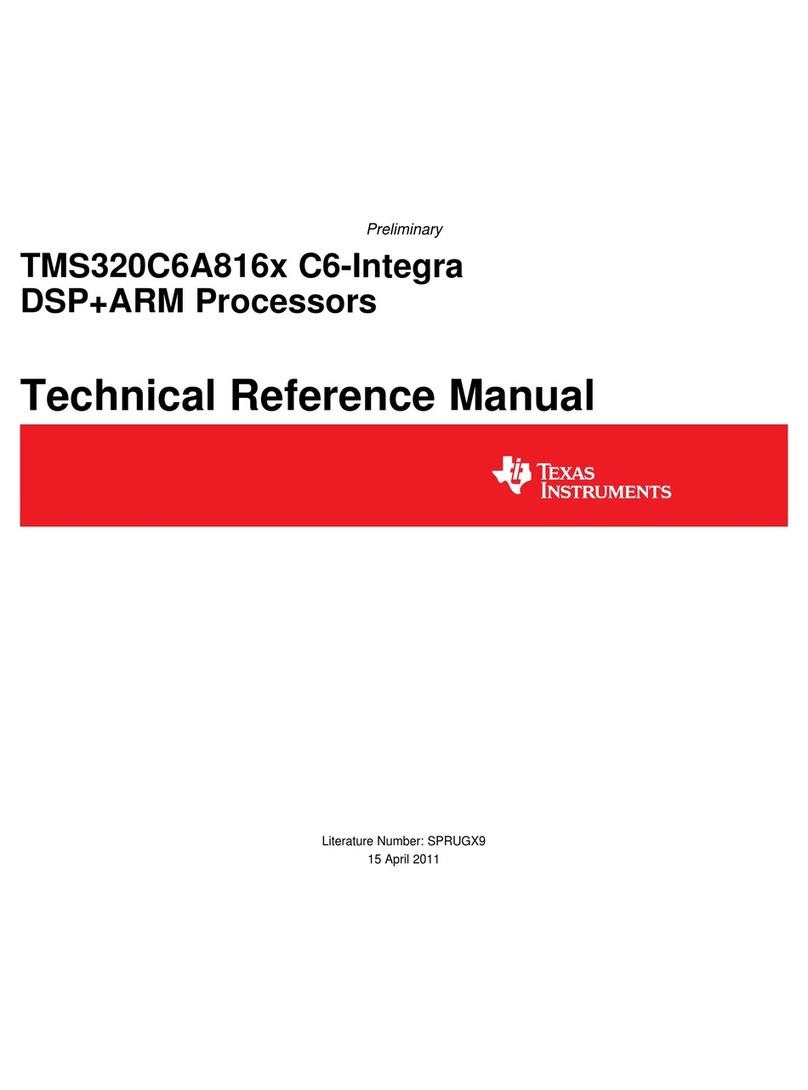
Texas Instruments
Texas Instruments TMS320C6A816 Series Product manual
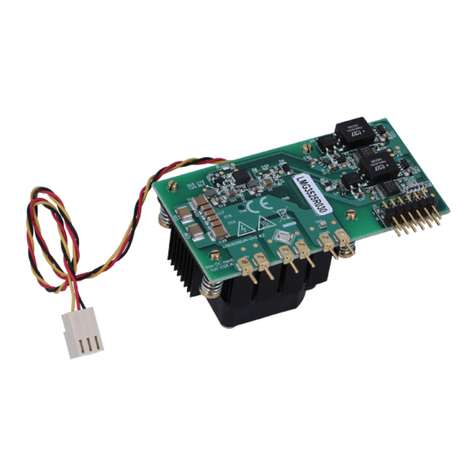
Texas Instruments
Texas Instruments LMG352 EVM-04 Series User manual
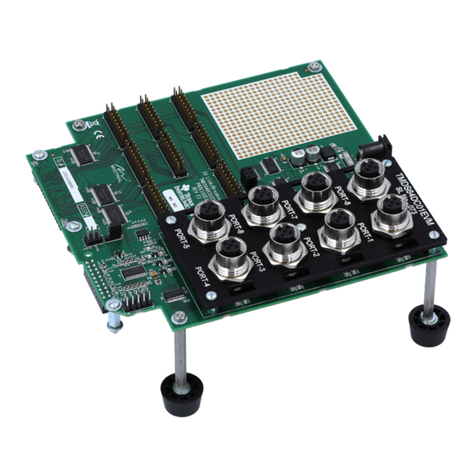
Texas Instruments
Texas Instruments TMDS64DC01EVM User manual
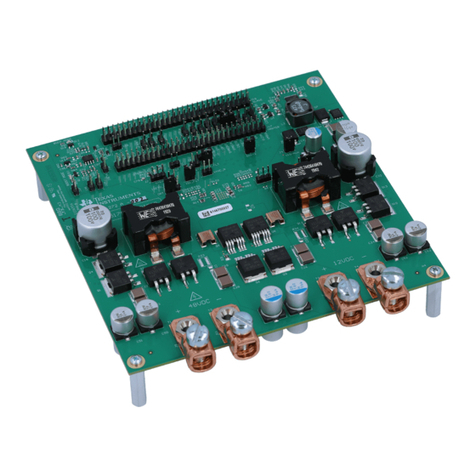
Texas Instruments
Texas Instruments LM5170-Q1 EVM User manual
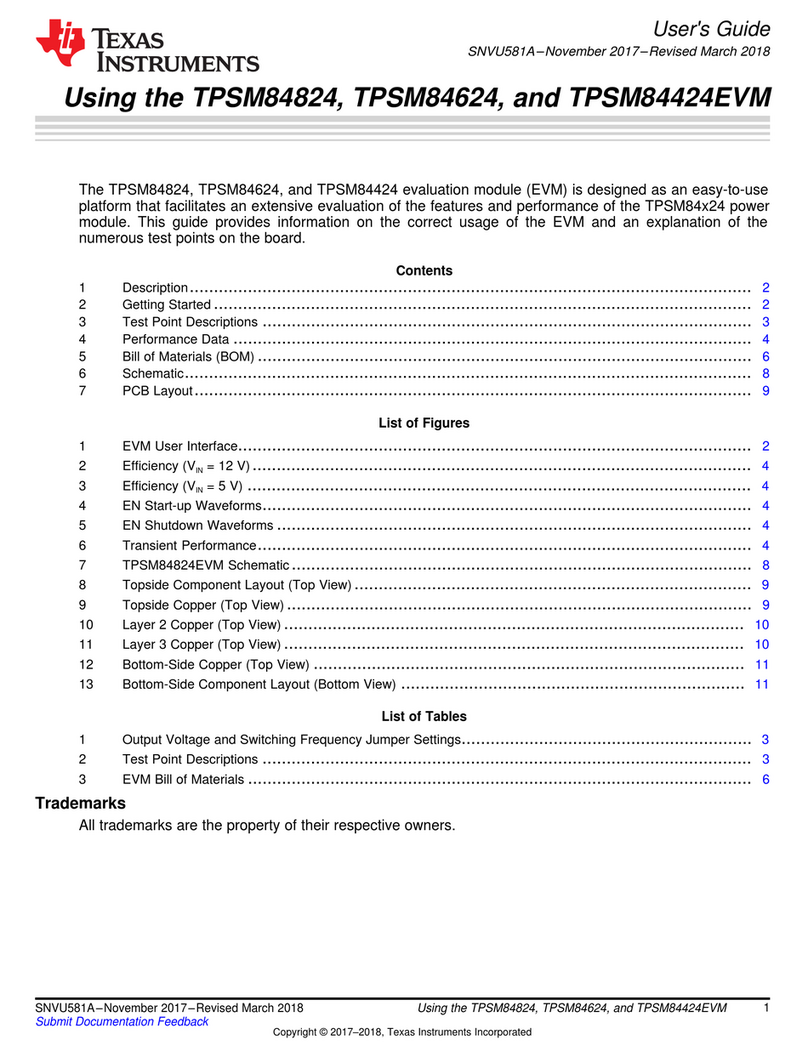
Texas Instruments
Texas Instruments TPSM84424EVM User manual
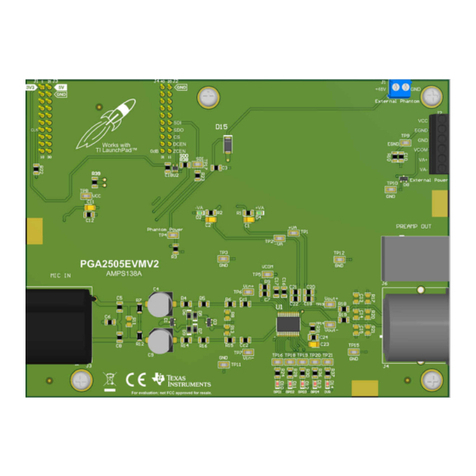
Texas Instruments
Texas Instruments PGA2505EVMV2 User manual
